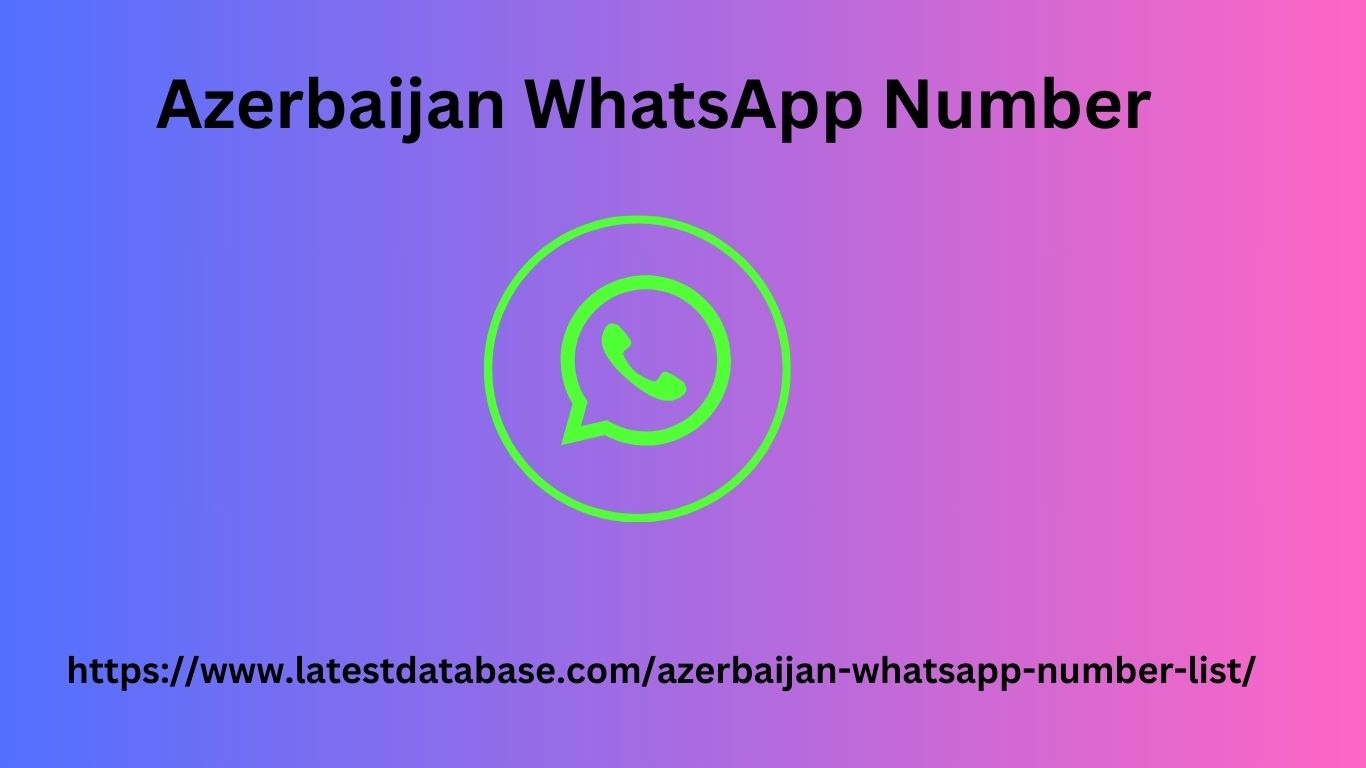|
|
Think about which formats your audience is most likely to prefer and how the different topics you've identified might fit into these potential formats. Be sure to target each piece of content to specific readers or buyers and match it to their purchasing journey. Who you target and what goals they need to achieve will help you determine how you should distribute your content. When speaking to a B2B audience, note that buyer personas are often complex and purchasing decisions are more process-driven.
And may involve more granular content. Myeisha Thompson , senior Azerbaijan WhatsApp Number writer and content strategist for MPower Content in Arizona, recommends setting aside extra time to speak to B2B audience members to ensure your content is a good fit for them. It's important to remember that you are talking to a person, a consumer, and not just a business. Your content calendar should leave room to speak to B2B decision-makers on a more personal level, to establish what matters most: know, like and trust. — Myeisha Thompson, senior editor and content strategist for MPower Content in Arizona To delve deeper into the topic, take a look at our study on optimizing a content funnel .

Your task: Determine which content formats work for your situation. For example, if you are a B2B company, you might want to host webinars and produce white papers. But if you're a B2C e-commerce business, you might want to focus on blogging and Instagram Stories. You can also combine the two! This will help you populate the Content Format field in your calendar. Step 6: Choose which promotional channels to use and how to repurpose content With the content ready to be published, you will need to choose where and when you want to promote it.
|
|